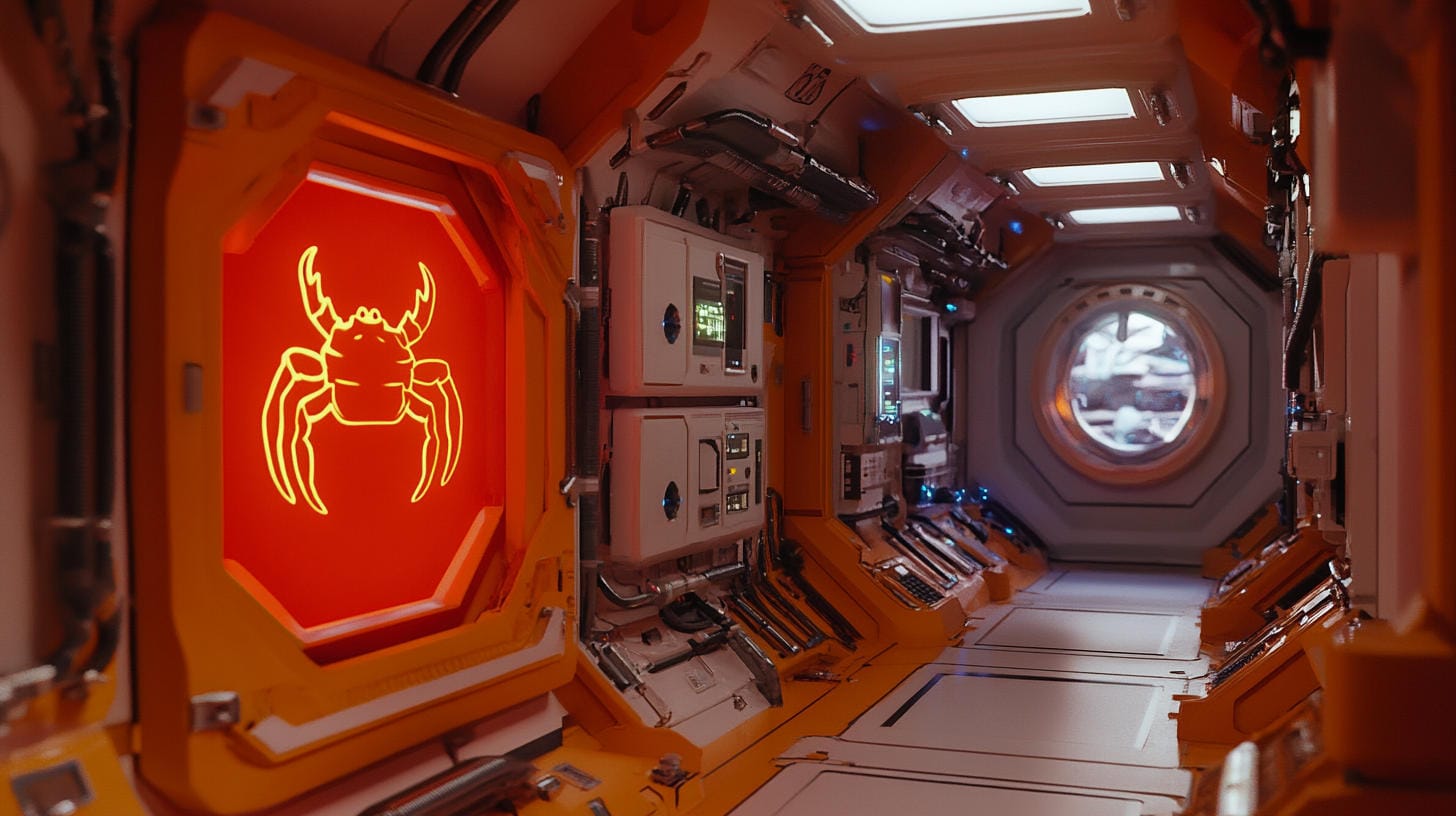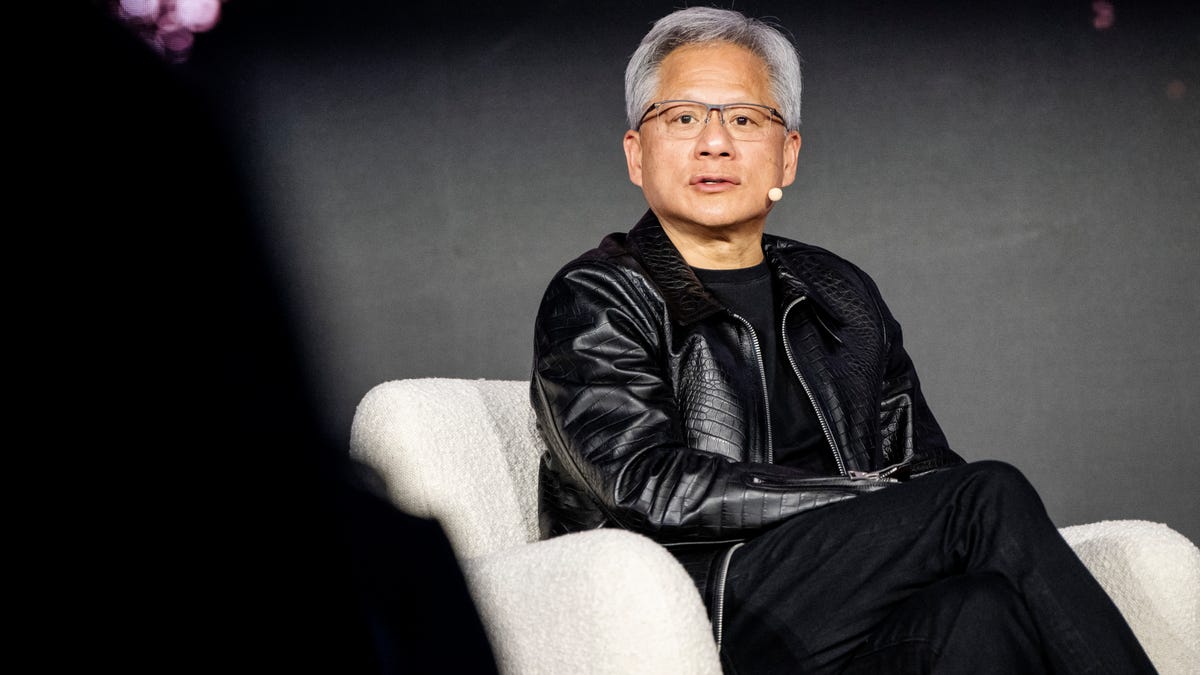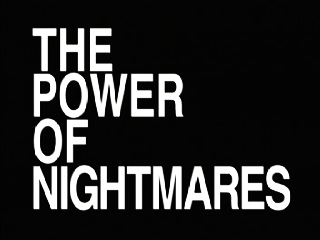
A Revolution in How Robots Learn
In the first days of my son’s life, during the fall of 2023, he spent much of the time when he wasn’t sleeping or eating engaged in what some cognitive scientists call “motor babbling.” His arms and legs wiggled; his eyes wandered and darted, almost mechanically. One night, as he was drifting off to sleep, he smiled for the first time. As I admired him, wondering what he might be thinking about, his expression suddenly went blank—and then, in quick succession, he looked upset, then surprised, and then happy again. It was as if the equipment were being calibrated. That is apparently the purpose of motor babbling: random movements help the brain get acquainted with the body it’s in.
Our intelligence is physical long before it is anything else. Most of our brain mass exists to coördinate the activity of our bodies. (Neuroscientists have found that even when you navigate an abstract space—contemplating, say, your company’s org chart—you use the same neural machinery you’d use to navigate a real space.) A disproportionate amount of the primary motor cortex, a region of the brain that controls movement, is devoted to body parts that move in more complicated ways. An especially large portion controls the face and lips; a similarly large portion controls the hands.
A human hand is capable of moving in twenty-seven separate ways, more by far than any other body part: our wrists rotate, our knuckles move independently of one another, our fingers can spread or contract. The sensors in the skin of the hand are among the densest in the body, and are part of a network of nerves that run along the spinal cord. “People think of the spinal column as just wires,” Arthur Petron, a roboticist who earned his Ph.D. in biomechatronics at M.I.T., said. “No. It’s also brain tissue.” The hand, in particular, is so exquisitely sensitive that “it’s a vision sensor,” he said. “If you touch something in the dark, you can basically draw it.”




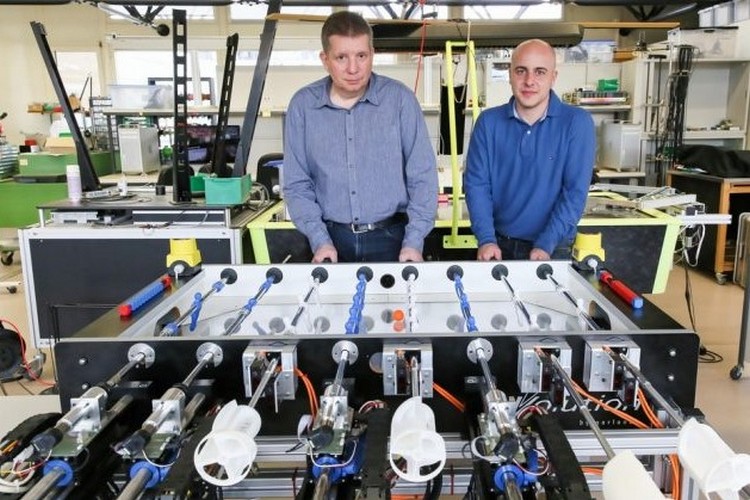
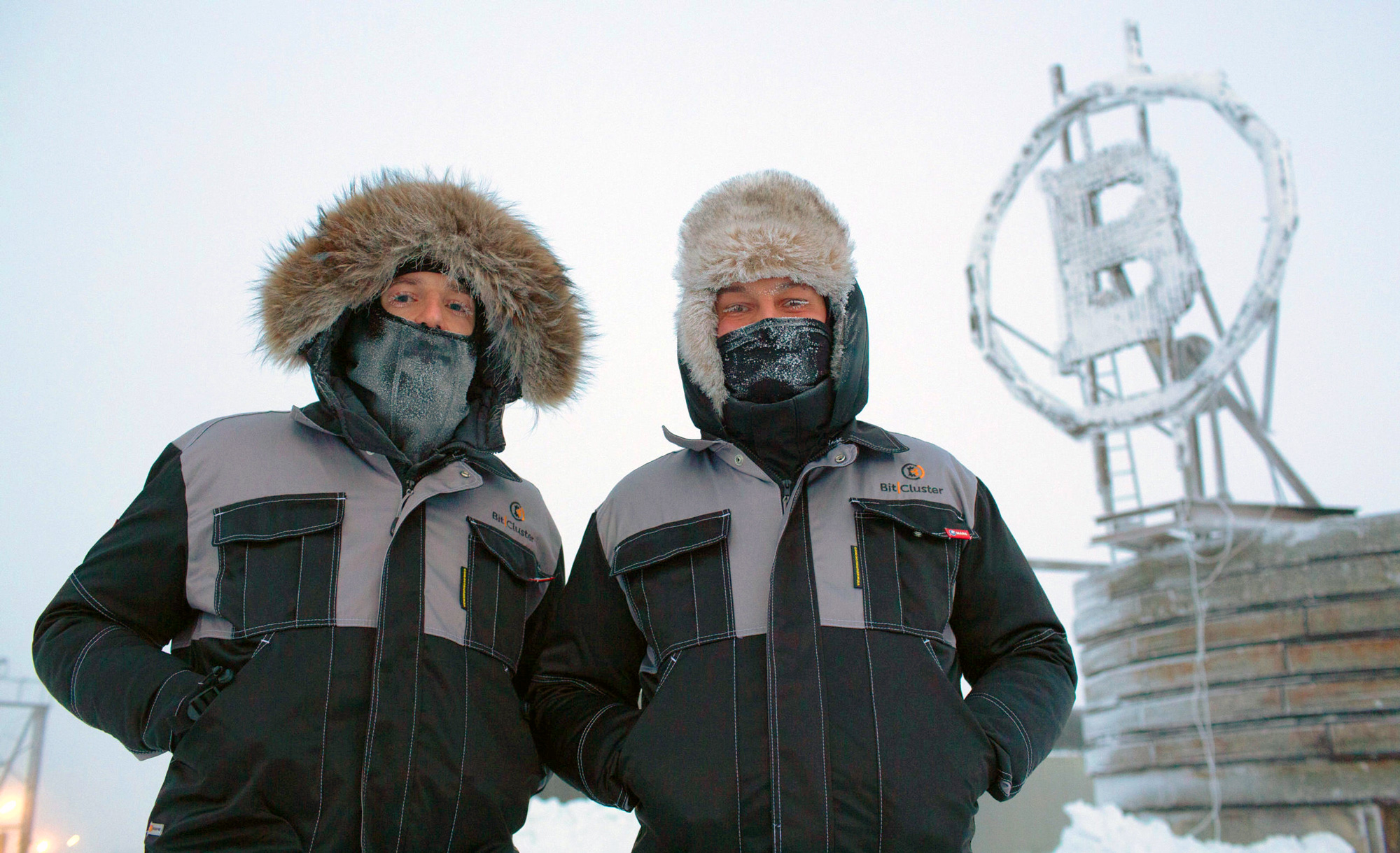
:focal(1800x1210:0x0)/cloudfront-us-east-2.images.arcpublishing.com/reuters/MYYE4IDMZVLXVLDZRNOVBQGCAU.jpg)




/cdn.vox-cdn.com/uploads/chorus_asset/file/25469776/STK269_ANTHROPIC_C.jpg)




